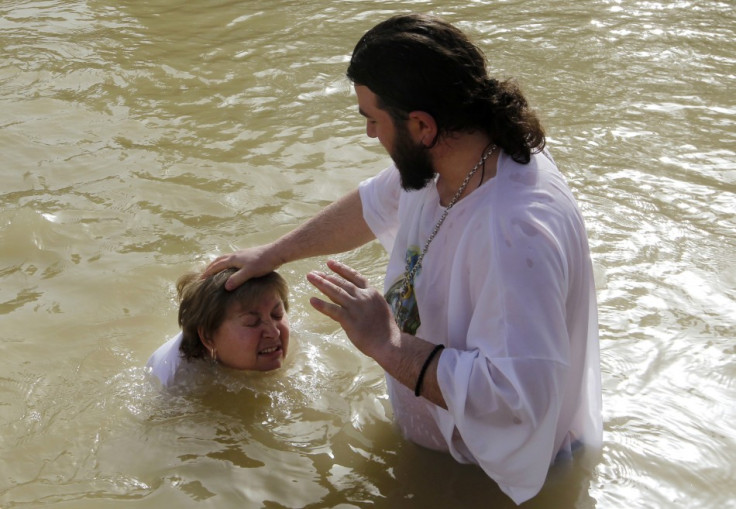John the Baptist Bones Theory Gains Scientific Support with Carbon Dating Match
Remains found in Sveti Ivan monastery in Bulgaria come from same time period as apostle and may be his bones, researchers claim

Scientists say they have found evidence that supports a theory that human remains found in a Bulgarian monastery could be those of John the Baptist.
A jaw bone, skull fragments, a tooth and part of a hand bone found by archaeologists during excavations of a 5th century monastery on the Bulgarian island of Sveti Ivan were believed to have belonged to John the Baptist but the theory was initially widely disregarded by the scientific community.
However, carbon dating on the bones has put them in the same time period in which John lived. Research leader Thomas Higham of Oxford University said that all the bones came from one person.
Although the carbon dating falls well short of definitive proof, Higham said he was surprised by the result.
He told the Telegraph: "We had suspected that the bones may have been more recent than this, perhaps from the third or fourth centuries.
"The result from the metacarpal hand bone is clearly consistent with someone who lived in the early first century AD."
Rather than proof, the findings show that sceptical scientists cannot refute the John the Baptist theory. Hundreds of believers continue to queue in Sofia in order to view the remains.
The remains were found in a small sarcophagus, which also contained animal bones. Alongside it was a small box inscribed in ancient Greek referring to John the Baptist and asking God to "help your servant Thomas".
The archaeologists who made the original discovery, led by Kazimir Popkonstantinov, believe the bones were brought to Bulgaria via the ancient Turkish city of Antioch, where the supposed right hand of John the Baptist was said to have been kept until the 10th century.
This is not the first relic to be attributed to John. The Grand Mosque in Damascus claims to have his head and a Serbian Orthodox monastery in Montenegro claims to have the right hand with which he allegedly baptised Jesus.
© Copyright IBTimes 2025. All rights reserved.



















